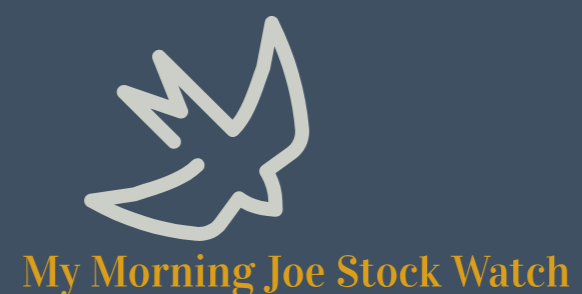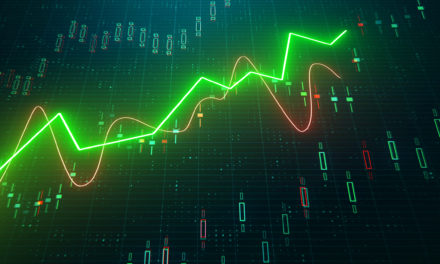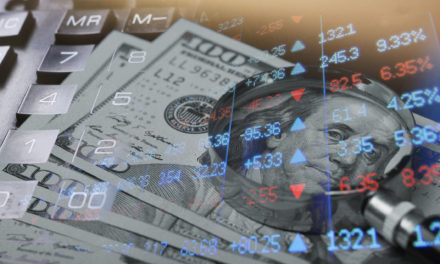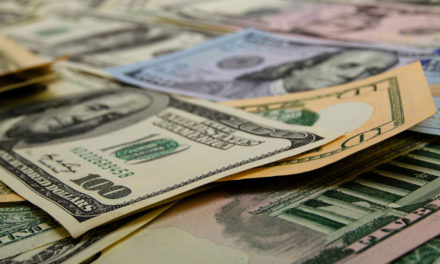
“Only buy something that you’d be perfectly happy to hold if the market shut down for 10 years.”
— Warren Buffett
The wisdom of Warren Buffett reflects a value-based philosophy about investing that says investors are buying shares in a business, and encourages strategic thinking about investment time horizon. Before placing a buy order for a stock, a great question we can ask is whether we would still be comfortable making the investment if we couldn’t sell it for many years?
A “buy-and-hold” approach may call for a time horizon that spans a long period of time — maybe even lasting for a ten year holding period. Suppose such a “buy-and-hold” investor had looked into buying shares of Walmart Inc (NYSE: WMT) back in 2015. Let’s take a look at how such an investment would have worked out for that buy-and-hold investor:
| Start date: | 01/16/2015 |
|
|||
| End date: | 01/15/2025 | ||||
| Start price/share: | $28.92 | ||||
| End price/share: | $91.34 | ||||
| Starting shares: | 345.78 | ||||
| Ending shares: | 422.32 | ||||
| Dividends reinvested/share: | $7.19 | ||||
| Total return: | 285.75% | ||||
| Average annual return: | 14.45% | ||||
| Starting investment: | $10,000.00 | ||||
| Ending investment: | $38,590.39 | ||||
As we can see, the ten year investment result worked out quite well, with an annualized rate of return of 14.45%. This would have turned a $10K investment made 10 years ago into $38,590.39 today (as of 01/15/2025). On a total return basis, that’s a result of 285.75% (something to think about: how might WMT shares perform over the next 10 years?). [These numbers were computed with the Dividend Channel DRIP Returns Calculator.]
Notice that Walmart Inc paid investors a total of $7.19/share in dividends over the 10 holding period, marking a second component of the total return beyond share price change alone. Much like watering a tree, reinvesting dividends can help an investment to grow over time — for the above calculations we assume dividend reinvestment (and for this exercise the closing price on ex-date is used for the reinvestment of a given dividend).
Based upon the most recent annualized dividend rate of .83/share, we calculate that WMT has a current yield of approximately 0.91%. Another interesting datapoint we can examine is ‘yield on cost’ — in other words, we can express the current annualized dividend of .83 against the original $28.92/share purchase price. This works out to a yield on cost of 3.15%.
One more investment quote to leave you with:
“A lot of people with high IQs are terrible investors because they’ve got terrible temperaments. You need to keep raw, irrational emotion under control.” — Charlie Munger




